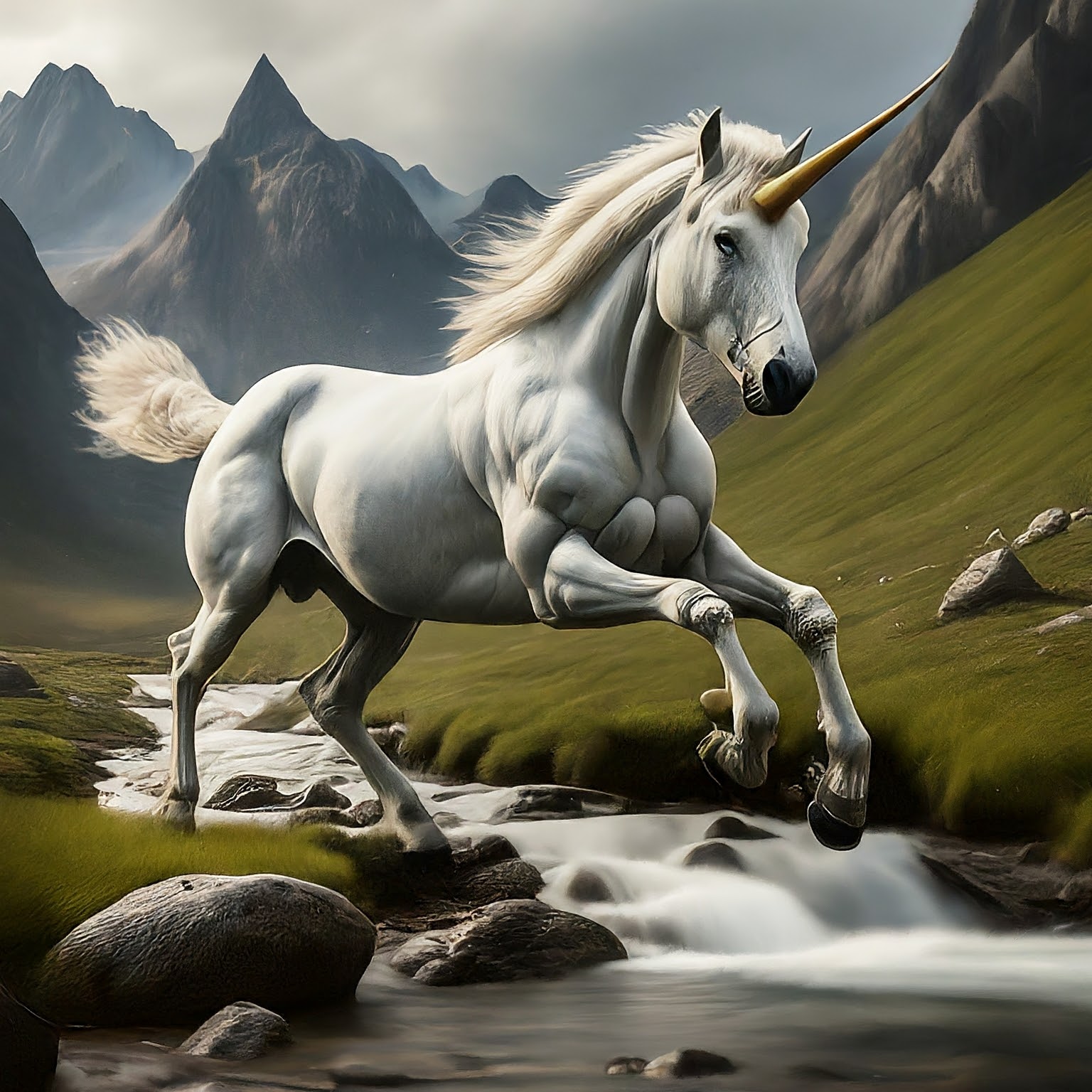The problem of categories
Another problem comes from the human mind. A researcher uses his mind to comprehend physical reality. However, elements of that reality never appear in the mind directly. They are mirrored in the human mind as categories.
That is a critical aspect of human thought. Therefore, if a human being thinks about an apple, he uses a category of apples in his mind and never uses a physical apple itself.
A Category is, in logic, a term used to denote the several most general or highest types of thought forms or entities, or to denote any distinction such that, if a form or entity belonging to one category is substituted into a statement in place of one belonging to another, a nonsensical assertion must result.
- Encyclopedia Britannica
Categories have aspects in the form of attributes and parameters.
An Aspect is a particular feature of or way of thinking about something, esp. something complicated
Attribute is a quality or characteristic that someone or something has
Parameter is a set of facts or a fixed limit that establishes or limits how something can or must happen or be done. (see ref.)
- Cambridge Dictionary
A category remains intact as long as all its attributes do exist. Therefore, changes in any attribute destroy a category. Unlike attributes, parameters give a way for a category to remain intact to some extent of changes.
For example, water is a physical substance that is commonly understood. It is reflected in the human mind as a category of “water” that has aspects. One aspect is the attribute of liquid condition. That is an attribute because water becomes ace (it transforms to another category) as soon as it becomes frozen and loses its attribute of liquid condition.
However, suppose a researcher uses the category of water as a chemical compound (H2O). In that case, it remains its attribute as a chemical compound until it loses it. For example, it happens in the case of Electrolysis of water (the process that decomposes water into oxygen O2 and hydrogen H2 gases). Therefore,
The human mind tends to associate a set of aspects with a category. That category remains thinkable because its aspects permit the process of thoughts.
- Allan Zade
In other words, the human mind cannot think by unknown aspects of a category. Those unknown aspects of a category are usually referred to as noumena.
Noumenon, plural noumena, in the philosophy of Immanuel Kant, is the thing-in-itself (das Ding an sich) as opposed to what Kant called the phenomenon — the thing as it appears to an observer. Though the noumenal holds the contents of the intelligible world, Kant claimed that man’s speculative reason can only know phenomena and can never penetrate to the noumenon.
- Encyclopedia Britannica
Immanuel Kant, (born April 22, 1724, Königsberg, Prussia [now Kaliningrad, Russia] — died February 12, 1804, Königsberg), German philosopher whose comprehensive and systematic work in epistemology (the theory of knowledge)
- Encyclopedia Britannica
There is one more problem here. The thought process permits the creation of a category by any known aspects or their combination. Therefore, the human mind can create some category that never appears for the human as a phenomenon. Such categories become artificial.
The human mind creates an artificial category without references to phenomena of the physical world.
- Allan Zade
The most tricky element of an Artificial Category (AC) comes from the possibility of the human mind to include artificial aspects into any category. Those artificial aspects hide themselves among aspects coming from phenomena and mislead the human mind by the artificial category. In other words, an artificial category comes from the human mind and pretends to be real for the human being. The history of human civilization is full of examples of artificial categories. The best example comes from the Unicorn.
A Unicorn is a mythological animal resembling a horse or a goat with a single horn on its forehead. The unicorn appeared in early Mesopotamian artworks, and it also was referred to in the ancient myths of India and China. The earliest description in Greek literature of a single-horned (Greek monokerōs, Latin unicornis) animal was by the historian Ctesias (c. 400 BCE), who related that the Indian wild ass was the size of a horse, with a white body, purple head, and blue eyes, and on its forehead was a cubit-long horn coloured red at the pointed tip, black in the middle, and white at the base. Those who drank from its horn were thought to be protected from stomach trouble, epilepsy, and poison. It was very fleet of foot and difficult to capture.
- Encyclopedia Britannica
As you can see, every aspect of the Unicorn, given above, in the citation exists in the physical world as a phenomenon. Those are animals, horses, heads, foreheads, horns, white, black, blue eyes, etc. However, there is nothing that includes all of them at the same time. Therefore, the unicorn is an artificial category of the human mind because no physical object (or an animal) appears as a phenomenon with a complete set of mentioned aspects.
The following picture depicts the unicorn.

Pic. 1. The Unicorn | a gemini-generated image
References
1. Category. (2023-03-11 08:43:12). Britannica
2. Aspect. (2023-03-11 08:54:23). Cambridge Dictionary
3. Attribute. (2023-03-11 09:06:14). Cambridge Dictionary
4. Parameter. (2023-03-11 09:08:26). Cambridge Dictionary
5. Noumenon-50. (2023-03-12 08:02:15). Britannica
